Unlock Your Potential: 10 Top Personal Development Strategies That Work
Introduction
The personal development process allows an individual to grow into their full potential, have much higher success in life, and bring much fulfillment into life. It is a rather broad concept that is brought about by the growth and improvement of multifaceted elements of a person, such as the mental, emotional, physical, and social welfare states. Effective personal development strategies must be understood and applied in order to fulfill one’s capabilities and lead a fulfilling life.
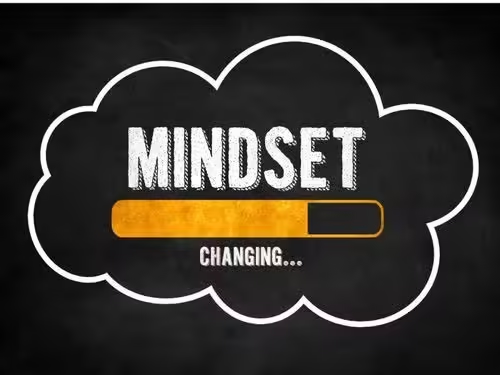
Strategy 1: Set Clear Goals
Why is Goal Setting So Important?
Goals form the foundation of personal development. In fact, without goals, it’s hard to track progress and stay motivated. Goals give direction and purpose because you’re given direction for your efforts and highlighted what really matters to you.
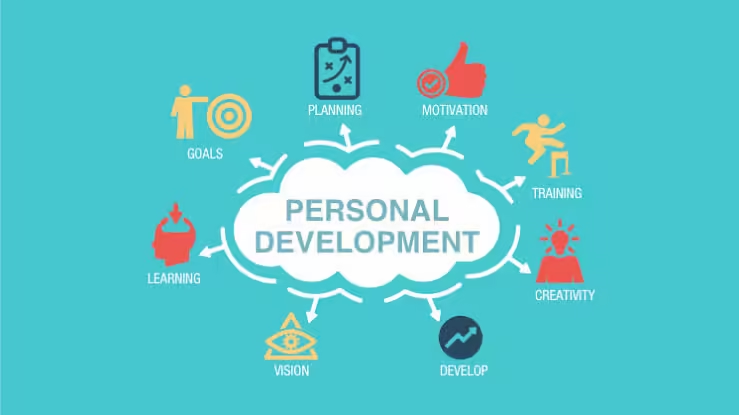
SMART Goals Framework
The SMART goals framework allows one to set up very effective goals. SMART represents goals that are Specific, Measurable, Attainable, Relevant, and Time-bound. These criteria will work to create clear and achievable goals toward driving progress.

Long-term vs. Short-term Goals
Balancing long-term and short-term is very important. One finds a focus for the future with long-term goals while short-term goals keep one motivated and on track with immediate milestones.

Strategy 2: A Growth Mindset
How Do Fixed and Growth Mindsets Differ?
A growth mindset is having a belief that abilities and intelligence can be developed with effort and learning. A fixed mindset assumes that the abilities and intelligence are inborn and cannot be changed. A growth mindset embraces a love for learning, and resists the tendency to give up when confronted with difficulty.
Benefits of a Growth Mindset
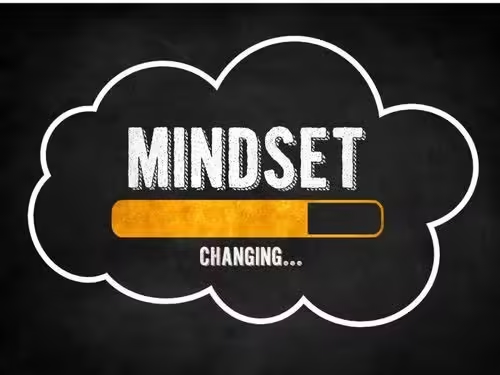
Of course, people develop a growth mindset they are open to challenges, persist in the face of obstacles, and like to believe effort is the way to learn something new. In other words, this is crucial for lifelong growth.
Tools to Foster a Growth Mindset
Seek Challenges: Treat them as a learning experience.
Learn from Criticism: Treat them as an opportunity to learn and improve.
Celebrate Effort: Celebrate the process, not just the outcome.

Strategy 3: Foster a Culture of Continuous Learning
Lifelong Learning: Why Does It Matter?
Lifelong learning is very significant to be in personal development. It sharpens one’s mind, expands one’s knowledge base and boosts one’s skills, making one more adaptable and resilient.

Continuous Learning How to Obtain
Reading: Books, articles, and journals are rich sources of knowledge.
Online Courses: Coursera, Udemy, and Khan Academy among others have courses in various subjects.
Workshops and Seminars Attend events to learn from experts and learn from the peers.

Strategy 4: Emotional Intelligence
Definition of Emotional Intelligence
Emotional intelligence (EI) refers to one’s capability to understand and identify both own emotions and those of other people. EI plays a critical role in becoming successful in either your personal or professional life.
Components of Emotional Intelligence

Self-awareness: Ability to understand what emotions you are going through.
Self-regulation: Understanding how to control your emotions.
Motivation: Using the same emotions as tools toward the achievement of your goals.
Empathy: Understanding other people’s feelings. Social Skills: Positively developing relationships
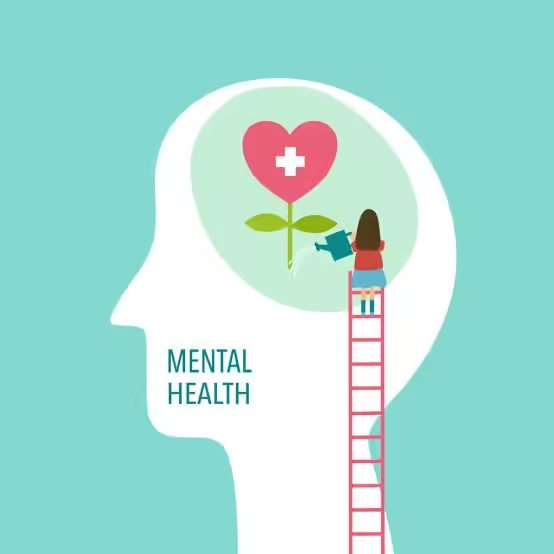
How to Develop Emotional Intelligence
Practice self-awareness: Reflect on your responses in terms of emotions.
Develop Empathy: Active listening and walking in other’s shoes
Social Skills Development: Practice communication and conflict resolution.

Build Strong Relationships
Strategy 5 .Importance of Social Connections
Good relationships do help in shaping your life positively. They offer support, make experiences rich, and maintain the overall well-being of any person.
Networking Strategies
It will mean effective networking: that is, genuinely interacting with people, and not just accumulating contacts. Engage in industries’ events; participate in professional organizations; and gain access to social media to connect with contacts who share similar interests.
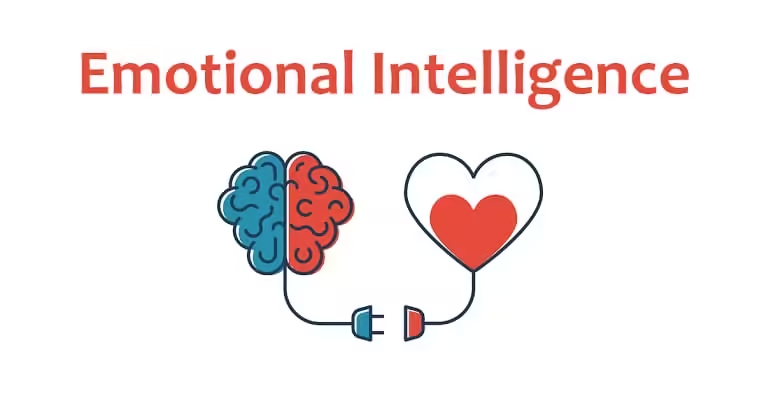
Quality of Personal and Professional Relationships
Dedicate quality time in maintaining the relationships. Stay in constant contact with friends and colleagues, provide support, and be grateful to them.
Strategy 6. Improve Physical Health
Relationship Between Physical and Mental Health
Good health physically impacts mental and emotional well-being. Regular exercise, healthy intake of food, and quality sleep will maintain energy levels and your healthy cognitive faculties.
Good Habits
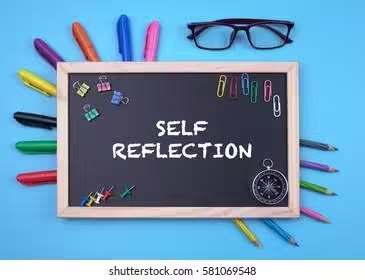
Exercise Regular: Minimum 30 minutes of physical activity a day. Eat Healthy: Consume a good mix of nutrients that can do the job for your body.
Sleep: Ensure you get good quality sleep for at least 7-9 hours every night.
Exercise, Nutrition, and Sleep
Exercise enhances mood and energy, nutrition provides for the nourishment of the body, and sleep serves as a recovery mechanism with clarity of thoughts. Together, they set the basics of good health and well-being.
Policy 7: Engage in Self-Reflection
Benefits of Self-Reflection
You come to know yourself better: know your thoughts and actions, as well as your emotions. You come to know your strengths and weaknesses and use it as a tool for growth in life.
Techniques of Quality Self-Reflection
Journaling: Write down your thoughts and feelings about the events of the day at regular intervals.
Mindfulness Meditation: Pay attention to your existence
Ask for feedback from people on your actions and performances.
Reflecting Regularly
Allocate time every day to reflect on yourself. You can do this through journaling, meditation, or by simply sitting and musing over a few minutes of your day.

Practice 8: Work on Self-Discipline
What is Your Role in Personal Development through Self-Discipline?
Self-control refers to the ability to curb impulses and remain focused for extended periods until tasks are completed. Achieving long-term goals and maintaining momentum largely depend on self-discipline.
Self-Discipline Building Strategies
Define Goals: Determine what you intend to achieve.
Routine: Develop habits that help you focus.
Kill Distractions: Identify what draws you and eliminate it.
How To Win Over Procrastination

Break the task down into multiple pieces and set deadlines, making sure to reward yourself once completed. These next strategies will ensure you do not succumb to the procrastination cycle but rather work effectively.
Strategy 9: Build Resilience
What’s Resilience?
Why is it Important?
The Ability to Bounce Back, Part 1

Resilience refers to the ability to bounce back from setbacks and hardships. The ability to maintain momentum and be motivated while things are getting rough.
Building Resilience through Challenges
Try to see challenges as more of personal growth opportunities. Create positive coping techniques, such as good thinking, problem solution, and seeking others’ help.
Methods that Increase Resilience
Maintain a Positive Attitude: Think of solutions rather than problems.
Have Good Relations: Use your supportive system when you are faced with challenges.
Caring for Yourself: See to it that you are healthy in body, mind, and spirit.
Strategy 10: Be Open to Other People’s Feedback and Mentorship
Feedback in the Process of Personal Growth

Constructive criticism points out improvements you ought to make on your performance and areas in which you should improve. It smoothes your skills and ways of doing things.
Identifying and Making Use of Mentors
Mentors can be guides, counselors, and sages who have learned from their past experiences. Identify mentors who have and share the same values and vision for your future and whom you will readily accept advice from.
Putting Constructive Criticism into Practice
Act on suggestions by setting specific goals for change. Reflect on constructive criticism as frequently as you can and change what you do accordingly.
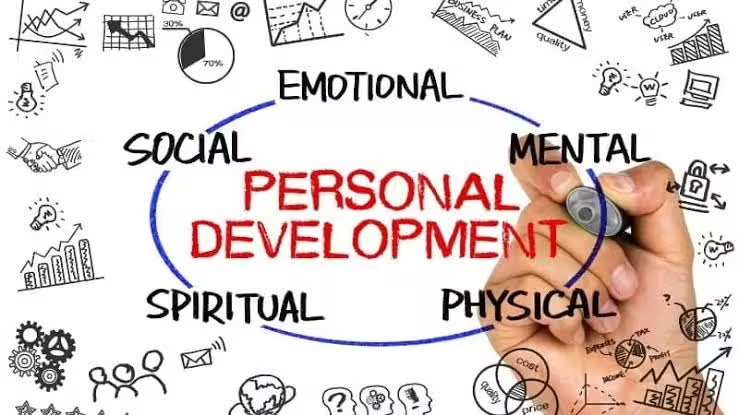
Conclusion
Unlocking the best version of you calls for habitual actions and commitment with the use of powerful and results-oriented approaches. Clear goals, a growth mindset, continuous learning, emotional intelligence, relationship building, better health, personal reflection, self-discipline, resilience, and seeking feedback and mentorship are going to help achieve personal development success. Go and embrace these approaches, be committed to your growth, and enjoy your transformative journey.
FAQs
How do I start my personal development journey?
Start with clear, achievable goals and have a plan on how to achieve them. Consider what you already have more competence in and what you can further improve, then find resources to help you grow.
What do I do if I do not have self-discipline?
Start becoming disciplined through setting specific goals, being habitual, and staying away from distractions. Break up tasks into reasonable steps then reward yourself after you achieve these steps.
How can I manage personal growth while handling everyday responsibilities?
Some ways of striking a balance between personal development and meeting daily responsibilities include-
Merging personal development activities into your daily routine. One can find time through proper use of time management techniques to fit into growth-oriented activities.
How does mental health impact personal growth?
Some ways of striking a balance between personal development and meeting daily responsibilities include-
Merging personal development activities into your daily routine. One can find time through proper use of time management techniques to fit into growth-oriented activities.
How does mental health impact personal growth?
Mental health is integral to personal development. It impacts clear thinking, emotional management, and motivation. Use self-care practices and seek support if that is needed.
Track your personal growth;
Of course, it is easy. You can do this by setting clear, measurable objectives and tracking your achievements. Journals, apps, regular reflection, and assessment would be needed to monitor one’s growth and make appropriate adjustment.




